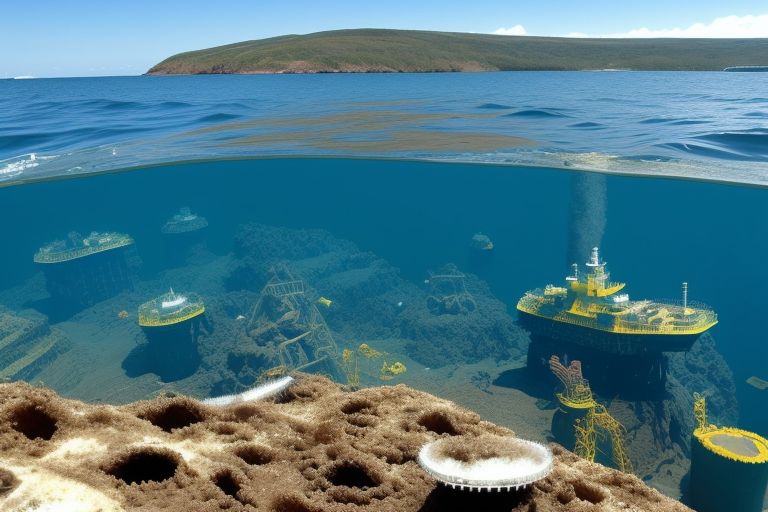Deep sea mining is a topic of considerable debate, encapsulating the complex balance between technological advancement and environmental conservation. On one hand, it presents a promising solution to the global shortage of rare earth metals, which are crucial for various technologies such as electric vehicles, renewable energy systems, and electronic devices. On the other, it poses significant risks to marine ecosystems, potentially leading to what many describe as an environmental catastrophe.
Solution to Rare Earth Metal Shortage
Rare earth metals are not only scarce but also unevenly distributed across the globe, making their extraction and availability a geopolitical issue. Deep sea mining targets the seabed, where vast deposits of these metals exist in forms like polymetallic nodules, crusts, and hydrothermal vents. Proponents argue that:
- Diversification of Sources: It provides an alternative to land-based mining, which is often constrained by geopolitical tensions, land use conflicts, and stricter environmental regulations.
- High Concentration: Seabed deposits are believed to contain higher concentrations of rare earth metals compared to terrestrial sources, potentially offering a more efficient extraction process.
- Innovation and Technology Development: The development of deep sea mining technologies could spur innovations that might also be applicable in other areas of deep-sea exploration and marine science.
Environmental Risks
The environmental concerns associated with deep sea mining are significant, with many scientists and environmentalists warning of the irreversible damage it could cause to largely unexplored and pristine marine ecosystems:
- Biodiversity Loss: The deep sea is home to unique species and ecosystems that are not found anywhere else on Earth. Mining activities could destroy habitats and lead to the loss of biodiversity, some of which may have not even been discovered yet.
- Sediment Plumes: The process of extracting minerals from the sea floor could create sediment plumes that smother marine life and disrupt ecosystems many kilometers away from the mining site.
- Chemical Pollution: The potential release of toxic substances from the seabed into the water column could have unknown impacts on marine life and the overall health of the ocean.
- Noise Pollution: The operation of mining equipment and vessels can introduce noise pollution into deep sea environments, affecting species that rely on sound for navigation, communication, and finding food.
Balancing Act
The debate over deep sea mining ultimately revolves around a critical question: Can the demand for rare earth metals, driven by the green technology revolution, be met without compromising the health of our planet’s last unexplored ecosystems? This question underscores the need for a balanced approach that includes:
- Rigorous Environmental Impact Assessments: Before any mining activities are allowed, comprehensive studies must be conducted to understand the potential impacts on marine environments.
- Technological Innovations: Development of less intrusive mining technologies that minimize environmental footprint.
- Global Governance: Establishing international regulations and oversight to ensure that deep sea mining, if it proceeds, does so in a responsible and sustainable manner.
In conclusion, while deep sea mining offers a potential solution to the shortage of rare earth metals, the environmental risks it poses make it a contentious issue. The challenge lies in finding a path that harnesses the benefits of this resource without tipping the scales toward an ecological disaster. Achieving this balance requires international cooperation, technological innovation, and a commitment to preserving marine biodiversity.


